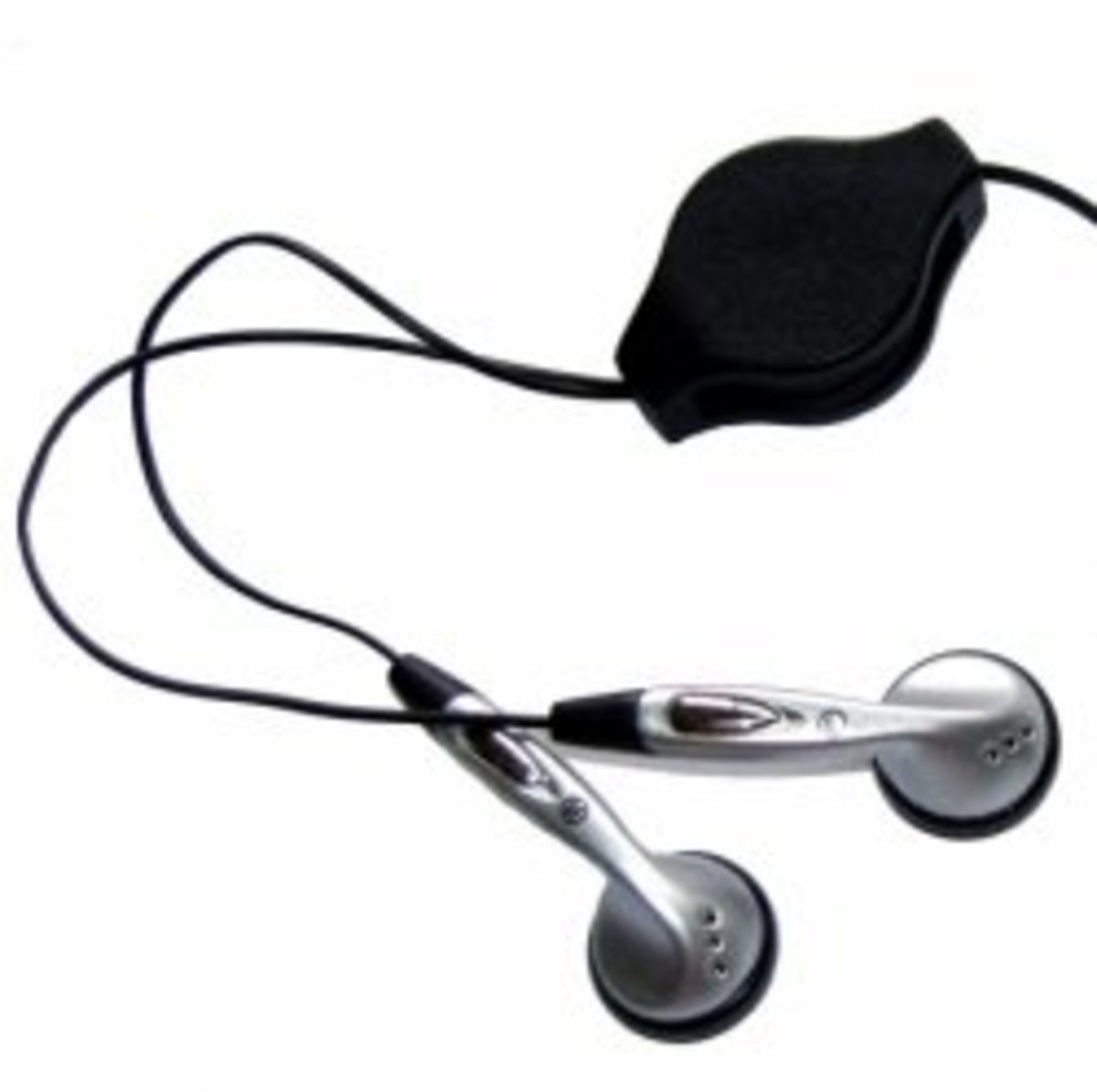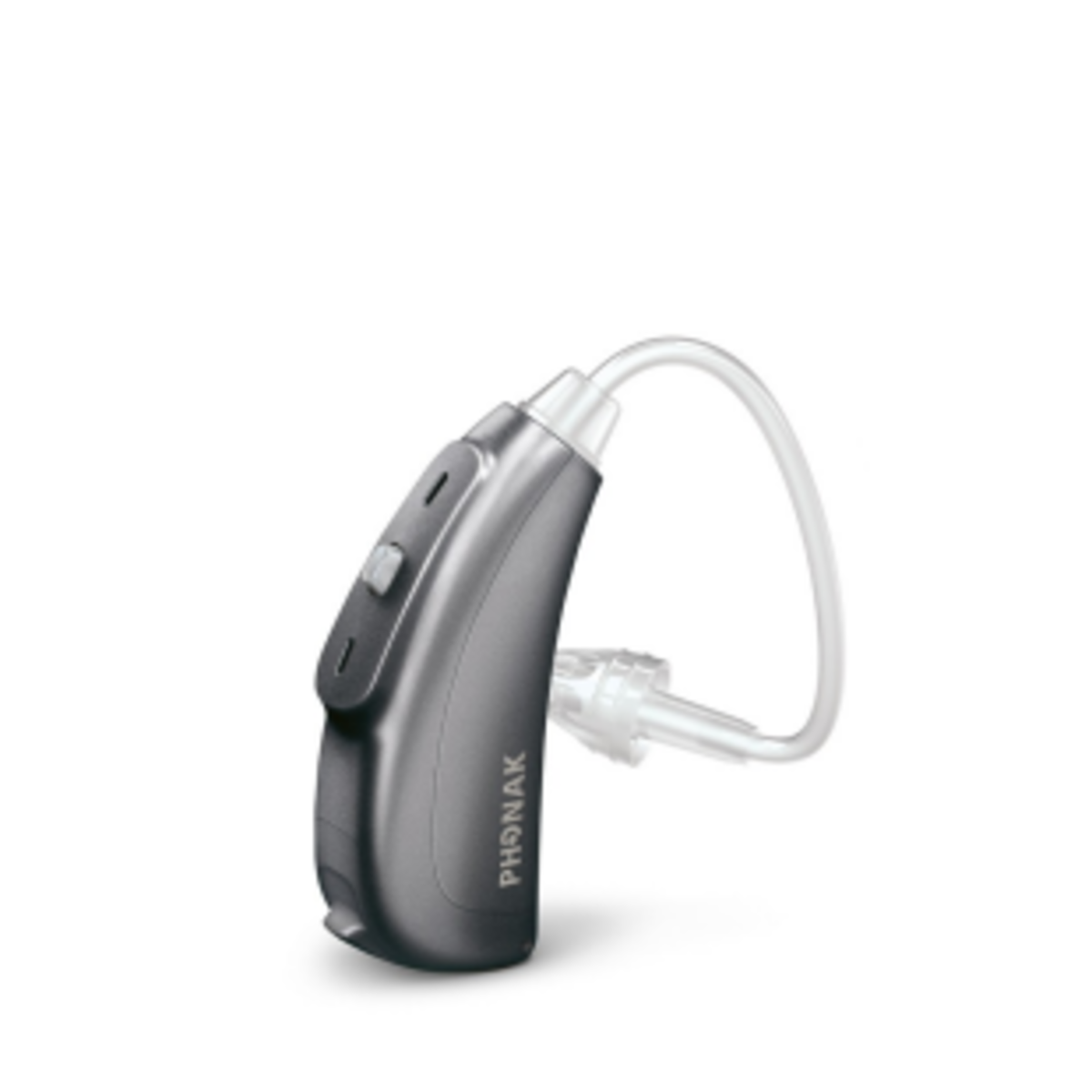How to Choose the Best Hearing Aid: Advice from a Lifelong Wearer
I Wear Phonak Hearing Aids
I was fitted with my first hearing aid when I was five. That was in 1971. It was a clunky, over-the-ear model: analog and loud . It squealed a lot, and I'm sure my mother had her hands full keeping track of the device when it wasn't in my ear (I was five. I took that thing out every chance I got). I got a second hearing aid in my teens, and I have worn a pair ever since. I'm deaf without them. Thankfully, I derive enough benefit from bone conduction that I function nearly normal (although hardly perfect) with them. I wore them through school, college, and graduate school. They're in my ears a good 16 or 17 hours a day.
So I write this Hub about how to choose a hearing aid from the perspective of a lifetime of experience. I've worn myriad brands during that time, experimented with advances in technology good and bad. I know how to find a good audiologist, how to find a good price, how to use the tax code to your advantage when buying one, and what accessories to recommend. I also know what it's like to adjust to wearing one and how to overcome attacks of vanity that make you want to leave it in a drawer.
The biggest tragedy of loss is the isolation effect it has on people who suffer from it, especially those who lose their hearing late in life. According to Gallaudet University, the national university for the Deaf in Washington, D.C., as many as 14 percent of Americans suffer from some kind of hearing loss. Many are over 65 years old. It is frustrating to suddenly have difficulty understanding the television, conversations on a telephone, or the remarks of your spouse, child, friend, or business associate in a crowded room. For many people, the right hearing aid can help. But it has to be the right hearing aid.
Start with an Audiologist at a Public University
The best place to get a hearing exam is from a qualified audiologist who works for a university. Forget the ones hawking hearing aids from shopping center storefronts or at Costco. University speech, language, and hearing centers hire only the most qualified people, so you benefit from that prescreening. Public universities also are non-profit, meaning they're not going to gouge you when you buy a device. If a university isn't an option, get a referral from a physician, preferably an ear-nose-and-throat doctor.
The Hearing Test
The hearing exam consists of three parts for adults. It should cost about $100, although most health insurance plans cover at least one hearing test annually. The first test involves responding to a series of beeps and tones designed to test what frequencies you can hear at what decibel volumes. You'll also be asked to repeat back a series of one-syllable and two-syllable words to test your ability to discriminate speech. The audiologist may read you these words with her (and they're almost always women) mouth covered so you cannot read her lips. The exam takes about 30 minutes. Finally, the audiologist may conduct another test involving tones to test the structure of the ear itself.
The results of all of these tests are plotted on a graph called an audiogram that shows whether your hearing loss is in the upper ranges (so you may hear speech well but have difficulty with high-pitch noises like watch alarms) or lower ranges. All of this helps the audiologist determine the type of hearing loss and the severity.
The three types of hearing loss include:
♦ Conductive hearing loss (something is blocking sound transmission)
♦ Sensoineural hearing loss (damage to the inner ear)
♦ Mixed hearing loss (a combination of the two)
Degrees of severity are ranked as:
1) Normal
2) Slight
3) Mild
4) Moderate
5) Moderately severe
6) Severe
7) Profound
My own hearing loss is categorized as severe-to-profound and sensoineural.
Choosing a Hearing Aid
Finding the right hearing aid is a question of finding the right power of sound output, style (inside-the-ear or over-the-ear) and comfort. You will be asked to choose between analog and digital, type of ear mold, and whether or not you want a programmable device that changes functions to suit circumstances (for example, a special program to enhance listening to music, another one for telephones). You should also evaluate what accessories are available and battery life, as hearing aid batteries are expensive.
Once you choose a device, don't be surprised if you hate it the first time you put it in your ear. You should expect a very long period of adjustment, so if everything sounds wacky the first time you put the aid in, don't reject it out of hand. All hearing aids come with an extended return period, so take advantage of it. I have made two transitions in hearing aid technology in the last 15 years. The first time I switched from Oticon analogs to a digital aid made by Wydex and it took a good three months to get used to. The most recent switch from my Wydex aids (which I wore for eight years) to a Phonak Naida 9 took about 6 months before things started sounding right again. But now I'm fully adjusted and love my new aids.
The best hearing aids are made in Scandinavia. Top brands include Phonak, Wydex, Oticon, and Bernafon. The brand you want depends entirely on personal need, preference, and who has the best technology and features at the time you purchase. They're a bit like smart phones in that they're in a perpetual game of technological leapfrog.
Don't mess with a disposable hearing aid. They don't work and won't give you as optimum a performance one dispensed by a licensed hearing aid will. In fact, you may have such a bad experience you'll think all hearing aids are as bad as the disposable one. They're not.
Paying for Hearing Aids
People are always shocked when I tell them my hearing aids aren't covered by health insurance. Most insurers won't pay for them. Which is a hardship for many people because they are extraordinarily expensive. I paid about $5,000 for my pair of Phonak Naida 9 hearing aids, and have spent another $2,000 on accessories such as an FM system. And I got a good deal.
The only two ways I know to save money on hearing aids is to pay for them with pre-tax money, such as a Health Savings Account or an employer-sponsored Flexible Spending Account offered through a cafeteria plan. That'll save you as much as your top marginal tax rate, anyway. You can also pay for accessories such as hearing aid batteries through these accounts.
The other way is through a Web site called HearPo. HearPo claims it can save you up to 40 percent on some models, but it works only with certain dispensers, none of which met my own personal standards, so I went through a local university. Still, they may work for you.








